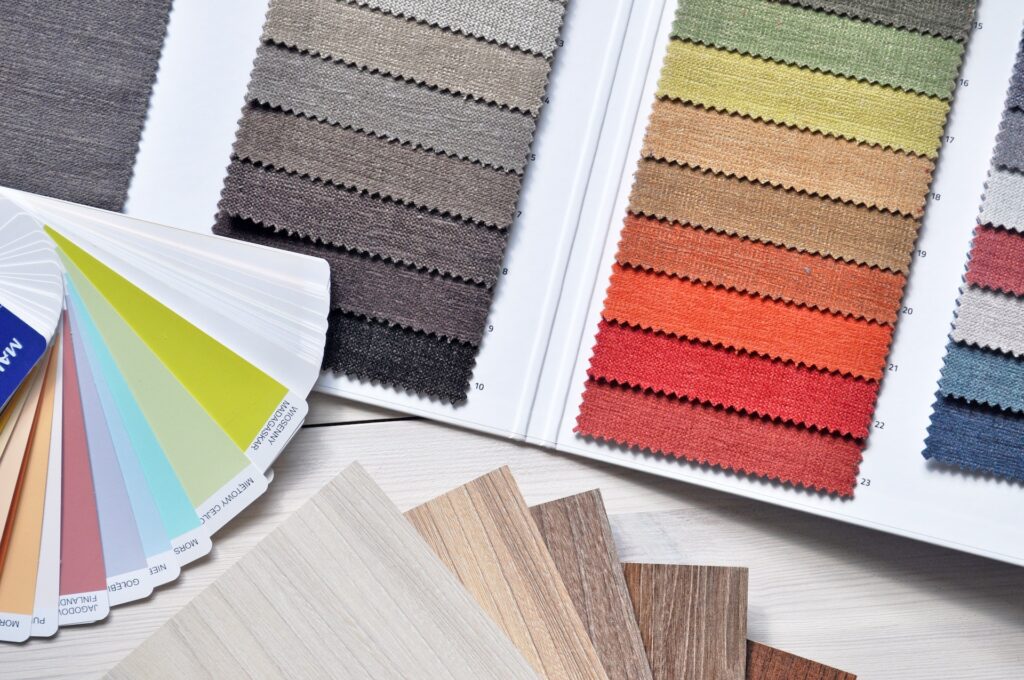Dust covers are an essential part of equipment protection, preventing damage from dust, debris, and other environmental factors. While it may seem simple, there is actually a lot of science behind the materials and design of dust covers. In this article, we will explore the science behind dust covers and how they are designed to protect your equipment.

Materials
The first aspect of dust covers we will discuss is the materials used. Dust covers can be made from a variety of materials, including vinyl, nylon, polyester, and more. The material chosen will depend on the specific needs of the equipment being protected.
Vinyl is a popular material for dust covers because it is durable and easy to clean. It is also resistant to moisture and UV rays, making it ideal for outdoor use. Nylon is another popular material that is lightweight and strong. It is also resistant to abrasions and tears, making it a good choice for heavy-duty use.
Polyester is another commonly used material for dust covers. It is resistant to mildew and UV rays, making it ideal for outdoor use. It is also lightweight and easy to clean. Other materials used for dust covers include canvas, neoprene, and polyethylene.
Design
The design of a dust cover is also an important consideration. Dust covers come in many different shapes and sizes, and the design will depend on the equipment being protected. Some dust covers are designed to be form-fitting, while others are more loose-fitting.
Form-fitting dust covers are designed to hug the contours of the equipment, providing a snug fit that prevents dust and debris from entering. These covers are typically made from stretchy materials like spandex or neoprene. Loose-fitting dust covers are designed to be placed over the equipment and tied or secured in place. These covers are typically made from more rigid materials like canvas or polyester.
Another important design consideration for dust covers is the closure method. Some covers are designed with zippers, while others use Velcro or ties to secure the cover in place. The closure method will depend on the specific needs of the equipment being protected.
Benefits of Proper Design and Materials
Choosing the right design and materials for a dust cover can have many benefits. The most obvious benefit is protection from dust and debris. By preventing dust and debris from entering the equipment, dust covers can extend the lifespan of the equipment and reduce the need for repairs and maintenance.
Another benefit of proper design and materials is protection from moisture and UV rays. Many materials used for dust covers are resistant to moisture and UV rays, making them ideal for outdoor use. By protecting equipment from the elements, dust covers can help to prevent rust, corrosion, and other types of damage.
Proper design and materials can also make dust covers more durable and long-lasting. By choosing materials that are resistant to tears, abrasions, and other types of damage, dust covers can withstand heavy use and last for many years.
The science behind dust covers is an important consideration when choosing the right cover for your equipment. The materials used and the design of the cover can have a significant impact on the effectiveness of the cover in protecting equipment from dust and debris, as well as other environmental factors. By choosing the right materials and design for your dust cover, you can extend the lifespan of your equipment and prevent costly repairs and maintenance.